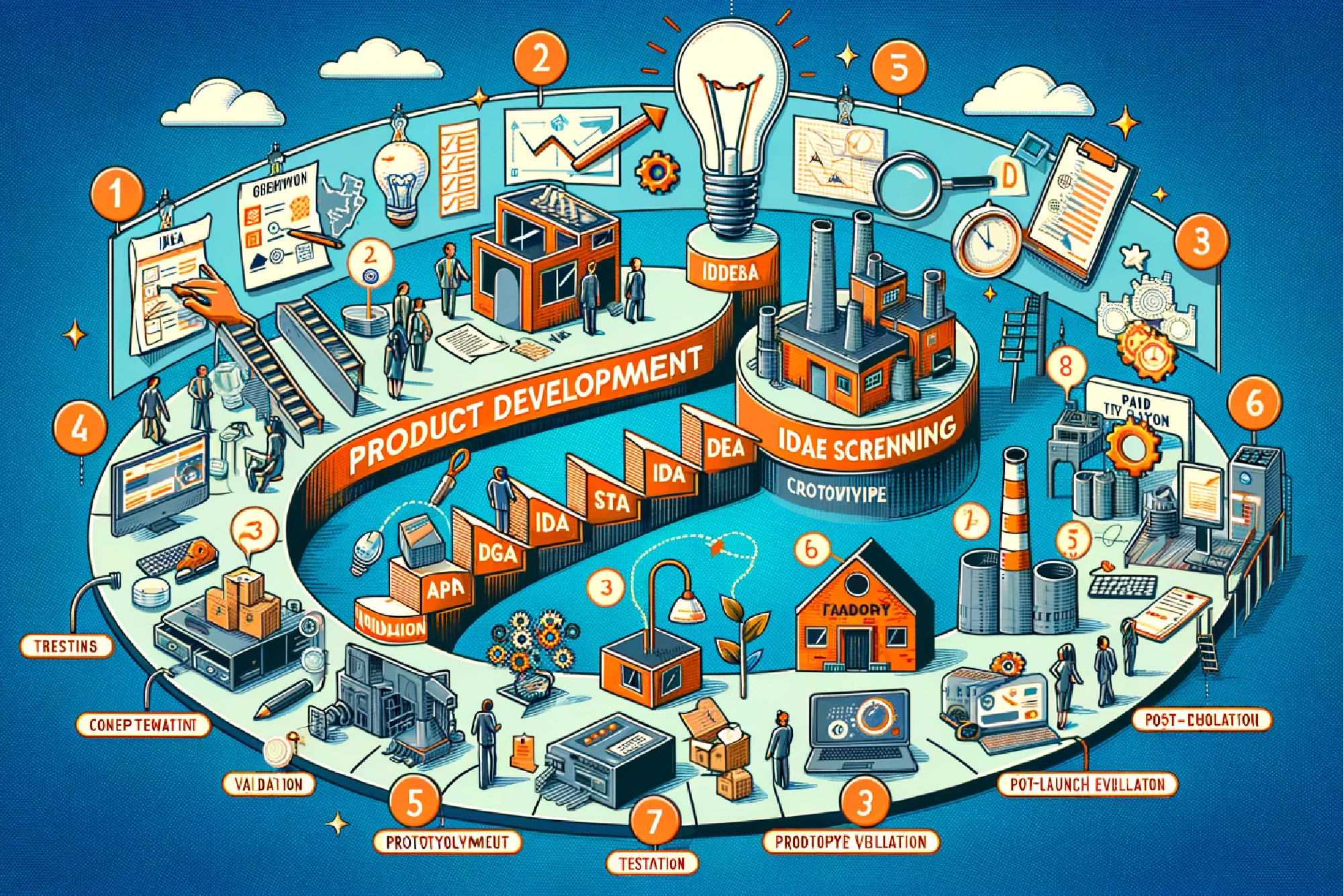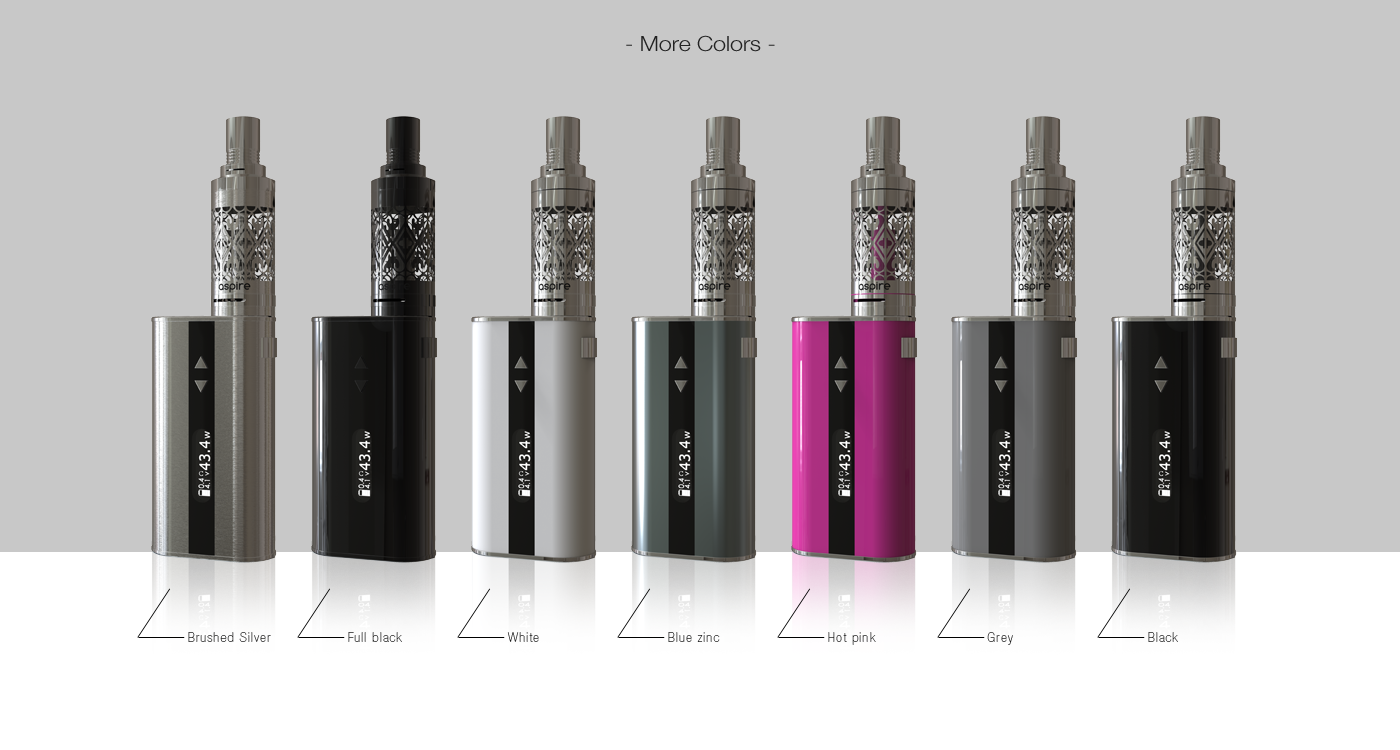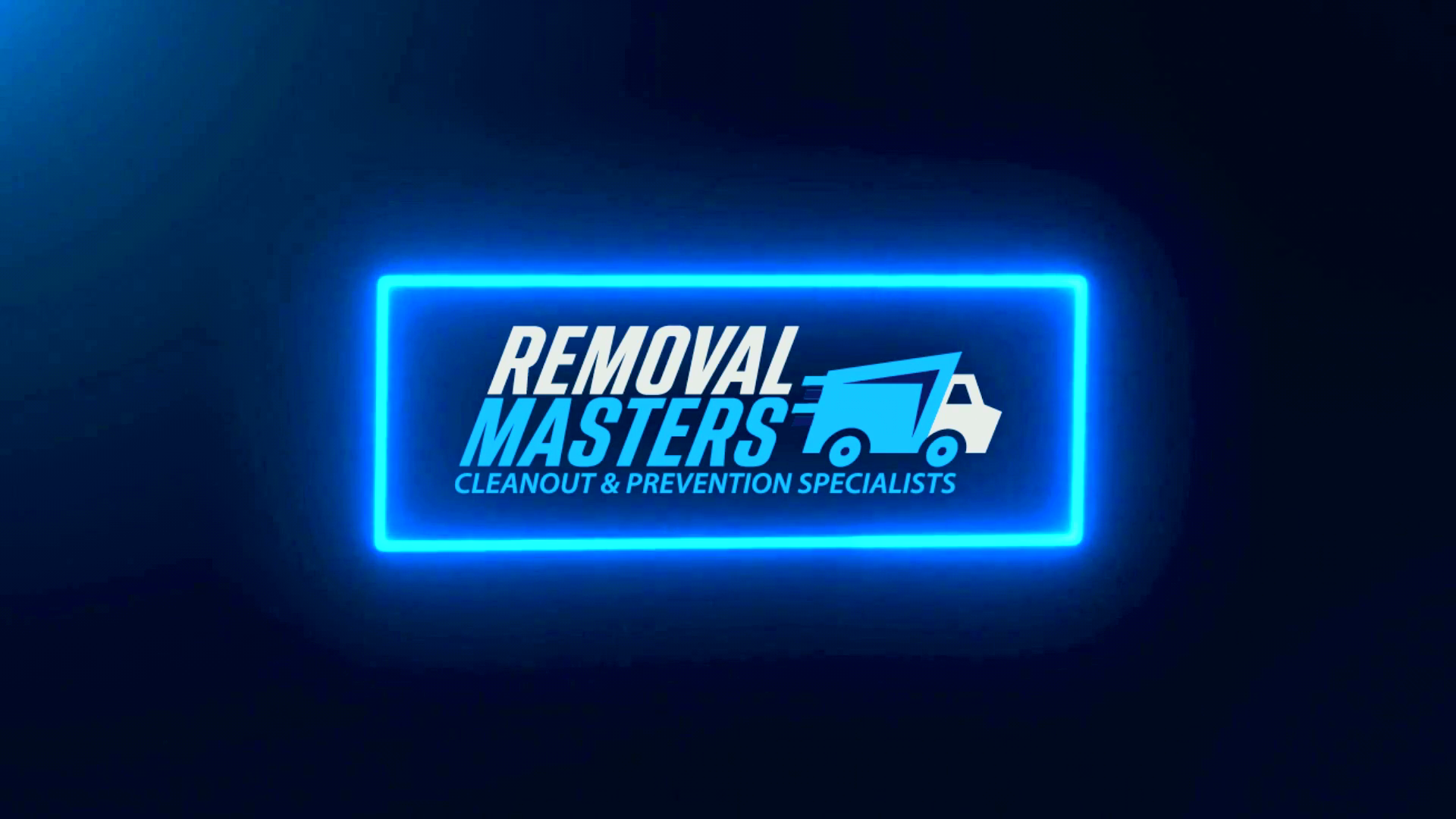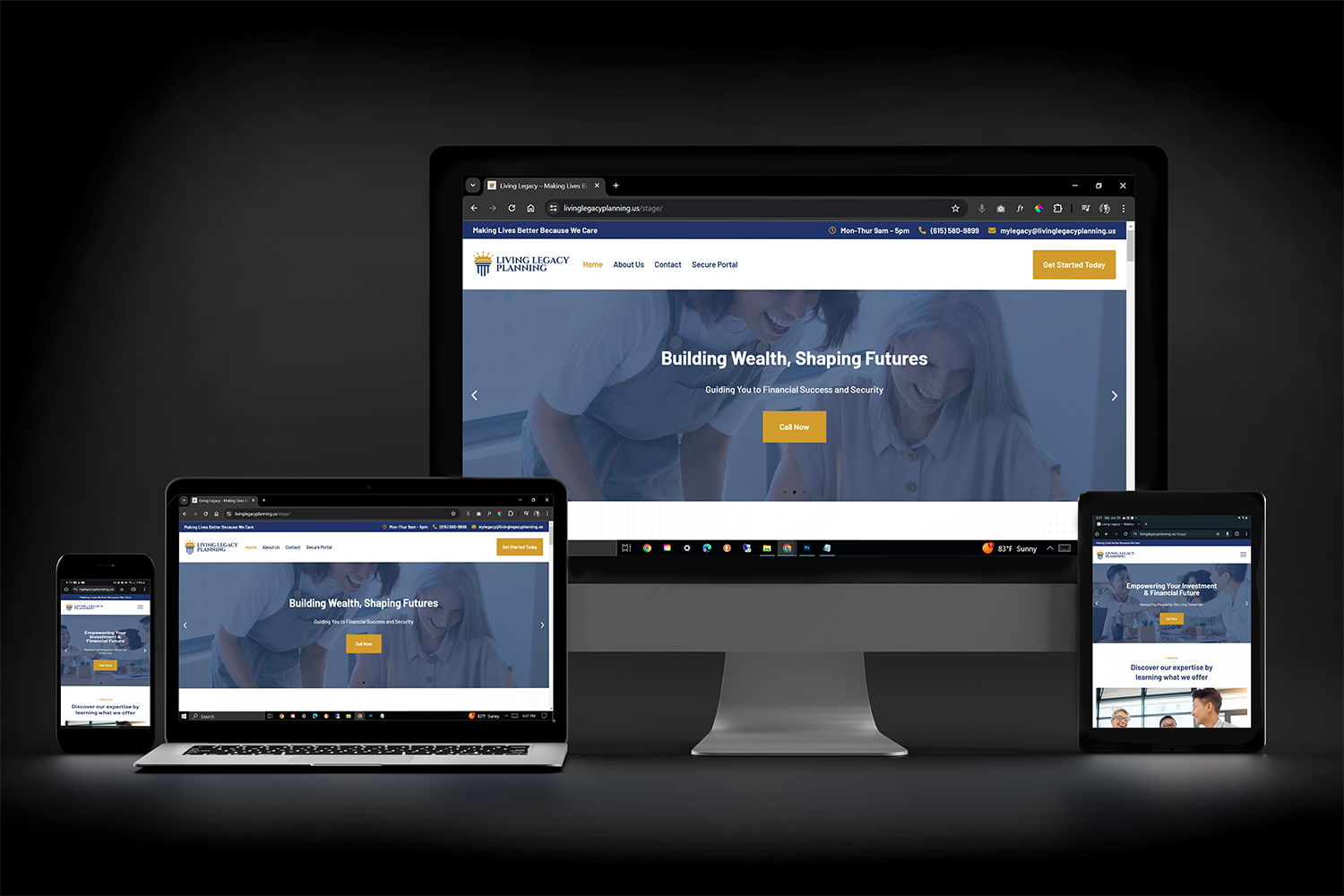Navigating the Stages of Product Development: A Comprehensive Guide
Developing a new product is an intricate process that requires a thoughtful approach and a deep understanding of each step involved. From the initial spark of an idea to the final product launch, every stage of product development plays a crucial role in ensuring the success of a consumer product. Let’s delve into these stages to understand how they contribute to transforming a concept into a market-ready product.
1. Idea Generation: The Foundation of Innovation
The journey of product development begins with idea generation. This stage is all about brainstorming and gathering a myriad of ideas. The focus here is on solving customer problems and identifying market needs. It’s a phase of creative exploration, where quantity often trumps quality, paving the way for innovative solutions.
2. Idea Screening: Refining and Focusing
Following the generation of ideas, the next step is idea screening. This stage involves sifting through the brainstormed ideas to identify those with the most potential. Techniques like SWOT analysis are employed to evaluate ideas based on feasibility, market potential, and alignment with company objectives. This screening ensures that only the most promising ideas move forward in the development process.
3. Concept Development and Testing: Shaping the Idea
Once a promising idea is identified, it undergoes concept development and testing. This stage transforms the raw idea into a more detailed concept, including user stories and value propositions. It’s about understanding the product’s benefits for the customers (gain) and the efforts required from them (pain), ensuring that the concept aligns with user needs and expectations.
4. Prototype Development: Bringing Ideas to Life
The development of a prototype is a significant milestone in product development. This tangible representation of the product idea is crucial for visualizing the final product. Prototyping involves various techniques like 3D printing or CNC machining and is accompanied by user testing to refine the product based on feedback.
5. Validation and Testing: Ensuring Quality and Compliance
Quality assurance and testing are vital at this stage. It includes a range of testing methods to identify and fix any defects or issues. Ensuring the product’s safety, reliability, and compliance with industry standards is paramount to building trust with customers and setting the stage for a successful launch.
6. Production and Launch: Bringing the Product to Market
Managing the production process effectively is crucial for a successful market introduction. This stage involves strong coordination with suppliers, manufacturers, and establishing effective marketing campaigns. It’s about making sure the product reaches the right audience with a clear and compelling message.
7. Post-Launch Evaluation and Iteration: Continuous Improvement
The product launch is not the end of the journey. Post-launch evaluation is crucial for tracking the product’s performance and gathering user feedback for future improvements. This ongoing process ensures the product stays relevant and continues to meet market needs and expectations.
In conclusion, navigating the stages of product development is a complex but rewarding journey. Each stage, from idea generation to post-launch evaluation, plays a critical role in ensuring the success of the product. By understanding and carefully managing these stages, businesses can create products that not only meet but exceed market and customer expectations.
For more detailed insights into each stage of product development, including practical tips and real-world examples, explore the comprehensive guides from sources like Asana, ClickUp, and Net Solutions.








